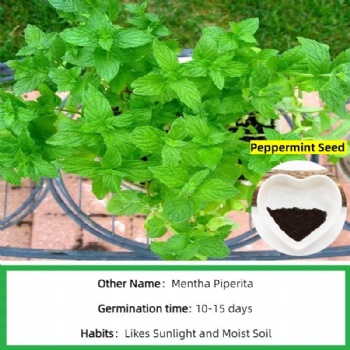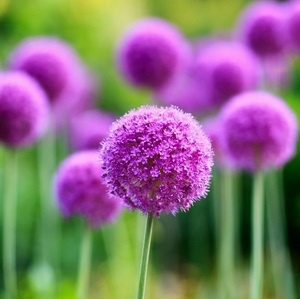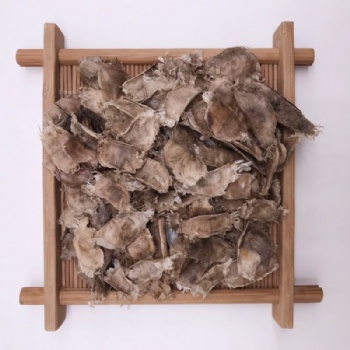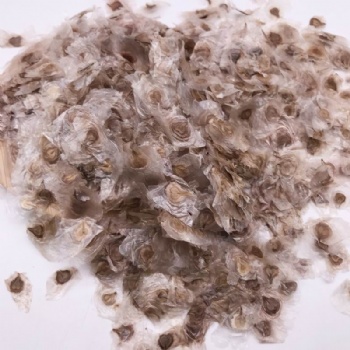News
Purplecone flower seeds
Echinacea, commonly known as coneflower, is a genus of herbaceous flowering plants in the daisy family, Asteraceae. These plants are native to North America and have been widely recognized for their ornamental, medicinal, and cultural values.
Appearance and Species
Echinacea plants are characterized by their showy, daisy - like flowers. The large, central cone is prominent, which gives the plant its common name. The petals, often drooping, can range in color from pale pink to deep magenta, with some varieties having white or yellow - tinged petals. There are nine recognized species of Echinacea, with Echinacea purpurea being the most well - known and widely cultivated.

Distribution and Habitat
In the wild, Echinacea can be found in prairies, open woodlands, and along roadsides across the central and eastern parts of North America. They prefer well - drained soils and full to partial sunlight. However, due to their popularity, they are now cultivated in gardens all over the world.
Medicinal Properties
For centuries, Native Americans have used Echinacea for its medicinal properties. It was employed to treat a variety of ailments, such as snakebites, toothaches, and colds. In modern times, scientific research has been conducted to explore its health benefits. Echinacea is believed to have immunostimulatory effects, which may help the body's immune system fight off infections. Some studies suggest that it can reduce the duration and severity of colds and flu. It contains active compounds like alkamides, polysaccharides, and flavonoids, which are thought to contribute to its medicinal actions. However, more research is still needed to fully understand its mechanisms and optimal usage.
Cultivation and Horticulture
Echinacea is a popular choice in gardens for its long - blooming period, typically from mid - summer to early fall. It attracts pollinators such as bees and butterflies, making it an important part of a pollinator - friendly garden. It is relatively easy to grow, requiring minimal maintenance once established. It can be propagated from seeds, cuttings, or division of mature plants.
Cultural Significance
Beyond its practical uses, Echinacea also holds cultural significance. In Native American cultures, it was not only a medicine but also had spiritual connotations. It was often used in traditional ceremonies, symbolizing protection and healing.
In conclusion, Echinacea is a remarkable plant that combines beauty, utility, and cultural importance. Whether used to brighten up a garden, support health, or as a symbol in cultural traditions, it continues to play a significant role in our lives.

How to Plant Echinacea Seeds
Echinacea, with its bright and beautiful flowers, is a wonderful addition to any garden. Here are the steps to plant echinacea seeds successfully.
1. Seed PreparationFirst, gather high - quality echinacea seeds. You can purchase them from a reliable nursery or collect them from mature echinacea plants. To improve germination, stratify the seeds. Place the seeds in a damp paper towel, put them in a plastic bag, and store them in the refrigerator for about 4 - 6 weeks. This mimics the natural winter conditions they need to break dormancy.
2. Selecting the Planting SiteChoose a sunny location for your echinacea. They thrive in full sun, getting at least 6 - 8 hours of direct sunlight daily. The soil should be well - drained. If your soil is heavy clay, add compost or sand to improve drainage.
3. Sowing the SeedsYou can start seeds indoors 6 - 8 weeks before the last frost date in your area. Plant the seeds about ¼ inch deep in seed - starting mix. Keep the soil moist but not waterlogged. If sowing directly outdoors, wait until the soil has warmed up in spring. Scatter the seeds thinly and cover them lightly with soil.
4. Care and MaintenanceOnce the seedlings emerge, thin them out to give each plant enough space to grow. Water regularly, especially during dry periods. Fertilize sparingly, as echinacea doesn't require a lot of nutrients. With proper care, your echinacea will grow into healthy plants and reward you with their stunning blooms.
If you have demands of the seeds, you can feel free to contact us freely.
Categories
Contact Us
- +86-18055849900
- +86-18055849900
- admin@high-key.cn
- +86-18055849900




 售前客服
售前客服
